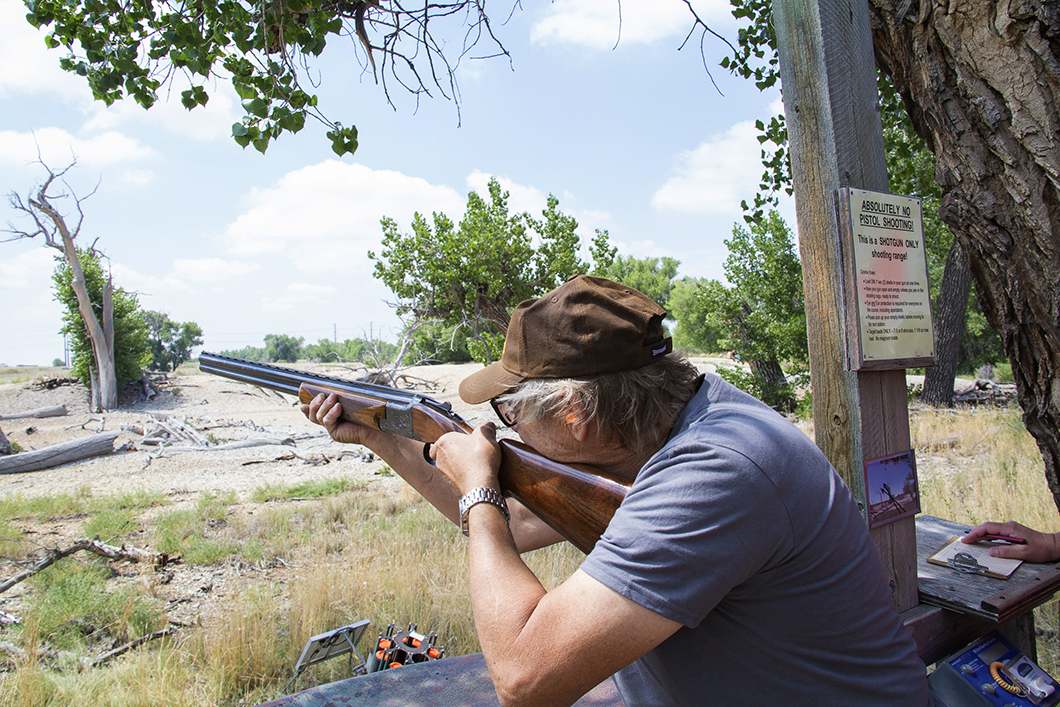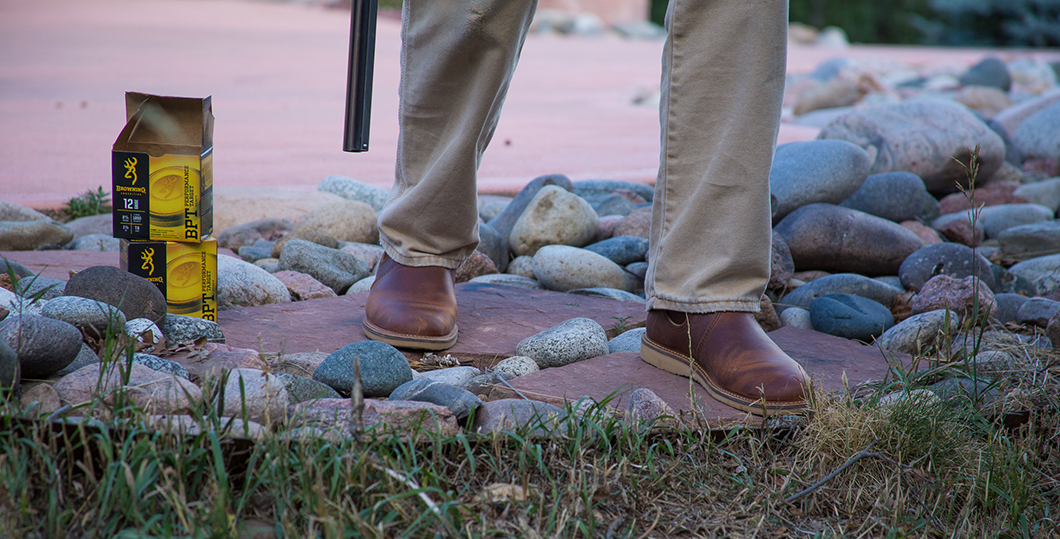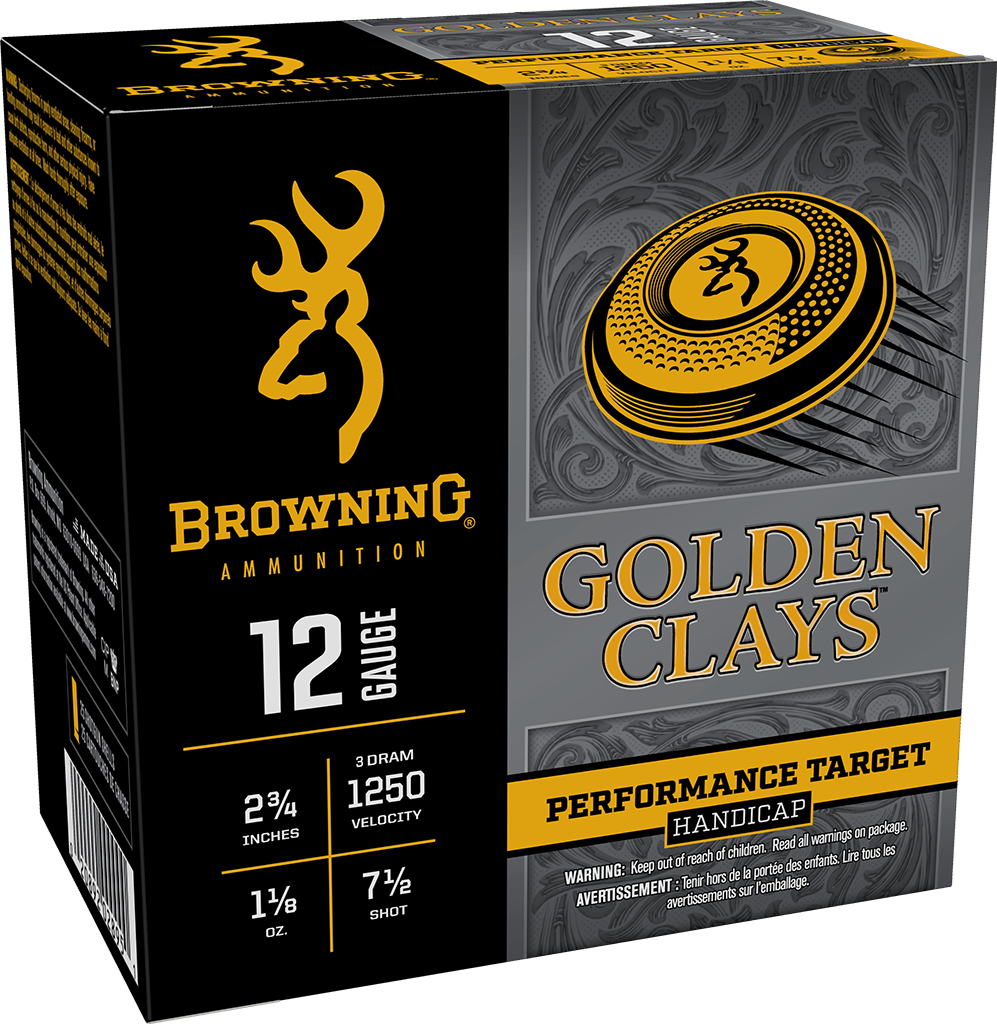Body of Shooting Knowledge, Part III
When you bring your shotgun up and feel that perfect “cheek weld,” the next step is to develop your mounting routine so it is replicated every time. The idea isn’t simply to clone the motion, but to clone the proper motion.

Gun mounting, the right way, does not begin with the arms or hands but with the feet. To start with, think of the Marquess of Queensberry boxing stance. The feet are positioned with one ahead of the other. For “orthodox,” or right-handed boxers, the left foot is the advanced one, and the reverse for “southpaws”; and it’s the same for shooters.
Boxers practice by drawing a straight line on the ground or putting down a strip of tape on the floor and aligning their feet along it. They will step back with their rear foot, keeping the heel along the line and rotating the toes out about 45-degrees. The front foot will be positioned on the other side of the line. Boxers “toe-in” their lead foot, but shooters want that foot slightly turned out and pointing toward where they mean to break the target. Shooters will also shift their weight more over their front foot to absorb the recoil from the shot and set them up for a second. Unlike with learning the rumba, there are no diagrams you can lay down to show you where and how, exactly, to place your feet: too wide and the swing is restricted; too close and you reduce the strength of your base. You need to find the equilibrium point that allows you to turn your body from your waist, hips held level, in either direction and feel solid, without having to move your feet. And you need to know that your swing won’t topple you over like a four-pin on a four-nine split.
Arms, of course, matter as well. If you envision that bareknuckle-fighter’s stance, you can see the right way to raise your arms, to contain their power. In shooting, though, the arm of the hand that holds the grip will be more elevated at the elbow than a boxer’s. You will need to hold a shotgun, though, to get this right.

Using an empty gun (and make sure it is empty before you start), and pointing in a safe direction, bring it up to where it is welded to your cheek and fitting into your shoulder pocket, both described in the blog last month. The gun must be balanced and solidly supported between your two hands, and fit to your face, and shoulder, so make adjustments unitl it feels right. Now you can begin to practice.
There is a nugget of general training advice that says go slow to get fast. In the hunting field and duck blind, nothing can make your mount fall apart faster than a flushing bird or hearing, “Take ’em!” The only insurance against that is repeating the proper mount time and time again. One practice regimen starts with holding your shotgun in the low position. If you do this in the house, find a spot on the wall a little way above your head, or draw a small circle on a piece of paper and put it up on a wall and lift the muzzle to cover it. Now, s-l-o-w-l-y mount the gun into the proper position you have determined, lifting the butt without moving the muzzle from its mark. Hold for a few seconds, then lower slowly. Repeat. Do a couple dozen times, rest, then do a second set. Imagine tai chi with firearms.
Slow training will translate into both muscle memory and muscle tone. You will get smoother, and smoother translates into faster shots that may feel slow, but are not. In fact, if your mount feels slow in the field, rather than late-which it will feel like if you rush–you’re probably doing it right. Some coaches suggest taping a small penlight in the muzzle of your gun and using the narrow beam as the aiming point, so you can actively practice your swing by following the light, but I question that. I don’t like placing anything into the muzzle of a firearm, ever. Better to use, I believe, a shotgun-cartridge laser bore sight. Find a line, like ceiling molding, mount the gun and swing. And swing again.
Follow Browning Ammunition’s social media channels for more hunting and shooting tips and updates on Browning Ammunition supported events and promotions on Facebook, You Tube, Instagram and Twitter.



